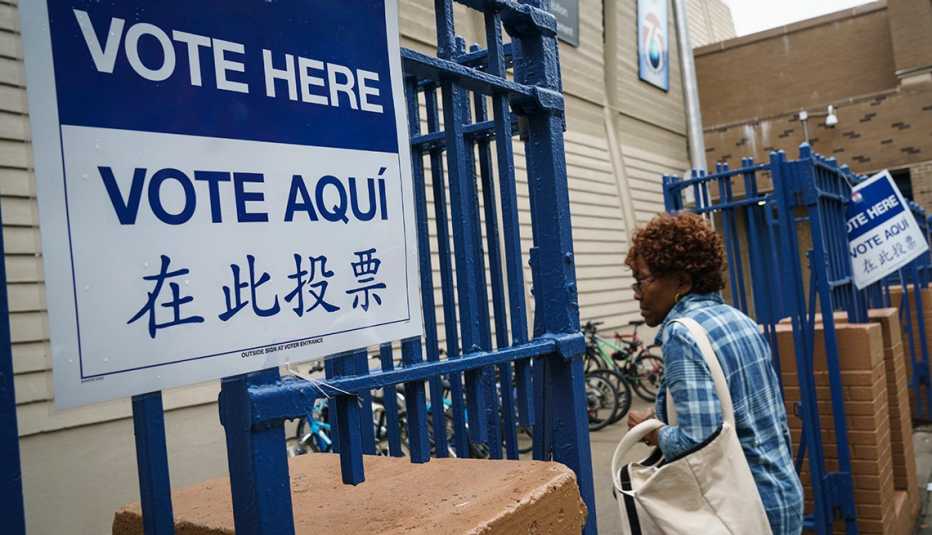Staying Fit


It may seem like the 2020 election has been going on forever. But no one has actually yet cast a ballot for any potential candidate for president or any other elected office.
All that changes on Monday, Feb. 3, when Iowans will continue a nearly 40-year tradition of being the first citizens in the nation to declare their preferences in the presidential nominating process when they caucus. The four early primary and caucus states — Iowa, New Hampshire, Nevada and South Carolina — will all vote in February. And then on March 3 it's Super Tuesday, when Americans in 14 states will cast ballots for their presidential preferences.


AARP Membership— $12 for your first year when you sign up for Automatic Renewal
Get instant access to members-only products and hundreds of discounts, a free second membership, and a subscription to AARP the Magazine.
On the Democratic side, polls show a competitive race among a number of hopefuls. The Democratic Party has scheduled four more debates in January and February, leading up to the first caucuses and primaries. The first debate of the year will be Tuesday night in Iowa, ahead of the state's caucuses. The three subsequent debates will be in New Hampshire, Nevada and South Carolina, ahead of each state's primary or caucuses.
Among Republicans, President Trump is assumed to be the party's nominee, and even though he has several challengers, the GOP in a number of states, including Alaska, Arizona, Hawaii, Kansas, Nevada, South Carolina and Virginia, have canceled the party's primaries and/or caucuses.
If you had to win one age group, you would want to win those over 50 or over 60. They are probably the most important age group because they almost always vote.
History has shown that voters over age 50 could well determine who will be on the ballot in November. “If you had to win one age group, you would want to win those over 50 or over 60,” says Larry Sabato, founder and director of the University of Virginia's Center for Politics. “They are probably the most important age group because they almost always vote.” An AARP national poll of voters over 50 released in December showed that 95 percent of women and 97 percent of men are likely to vote this fall.
Voters should remember that more than the presidency will be at stake when they go to the polls this year:
- All 435 seats in the House of Representatives are up for election. Democrats control the House by a margin of 232 to 198, with one independent member and four vacancies.
- Of the 100 U.S. Senate seats, 35 are up for grabs. Republicans now control the Senate, 53 to 45, with two independent senators who align with the Democrats.
- Governors will be chosen in 11 states. Currently, 26 governors are Republicans and 24 are Democrats.
- Thousands of state-level senators and representatives, judges and local officials will be voted in or out of office as well.
In some states, voters will be going to the nominating polls twice — once for a presidential primary and once to pick candidates for other federal and state offices. For example, in New York, voters will cast ballots in the Democratic primary April 28 but vote for down-ticket nominees June 23. And even though the Iowa caucuses are first when it comes to the presidential contest, the state will have a primary for all other offices June 2.
Here is a look at the primary contests throughout the United States.

































































More on Government and Elections
Get Yourself Ready for the 2020 Election
Expect rough-and-tumble campaigns in which issues take a back seat and social media dominatesYour Guide to 2020 Primary Voting
From ID requirements to absentee voting, what you need to knowGovernment and Election News for Older Americans
AARP is holding politicians accountable on issues like Medicare, Social Security, prescription drugs and long-term care.